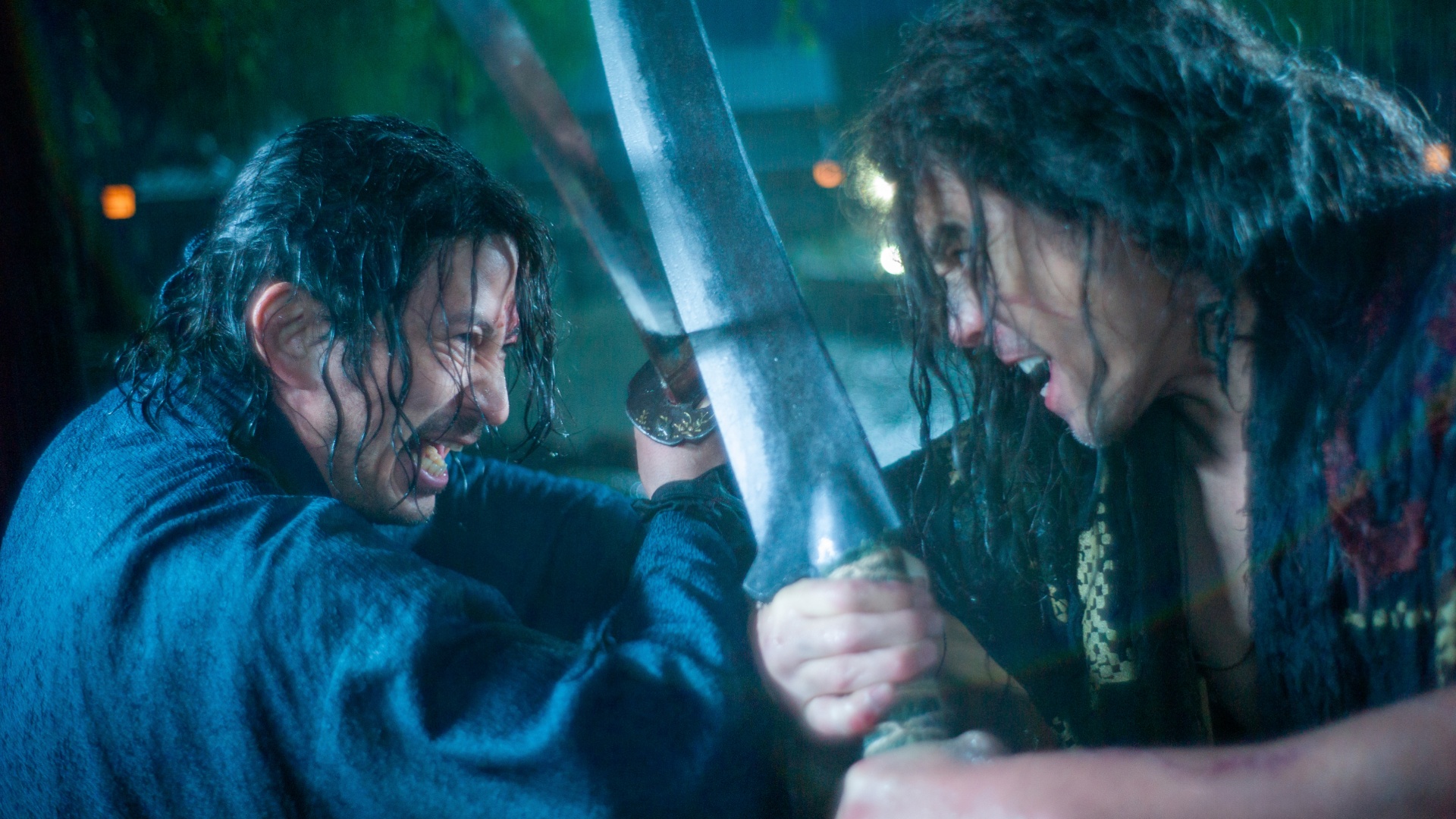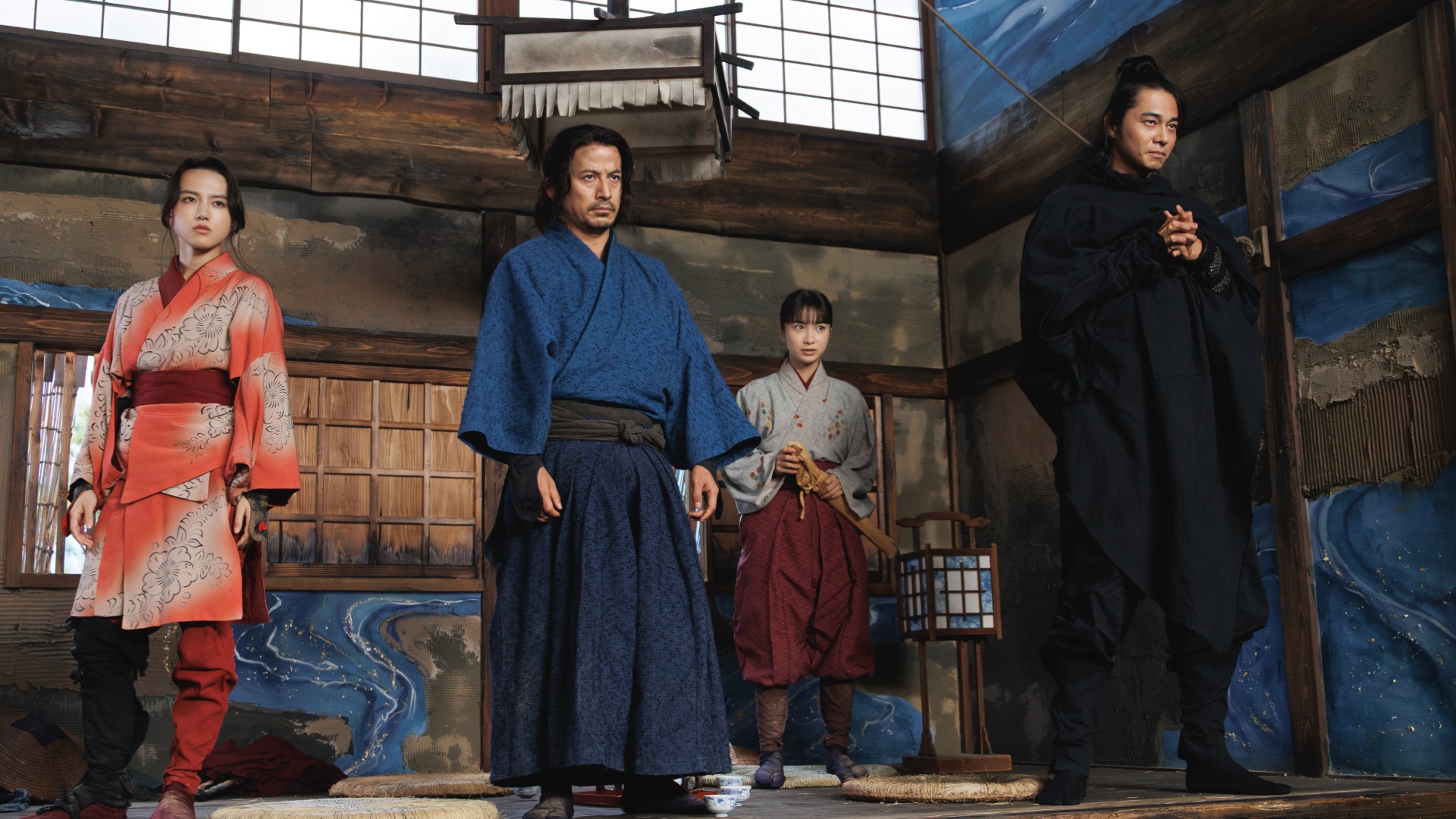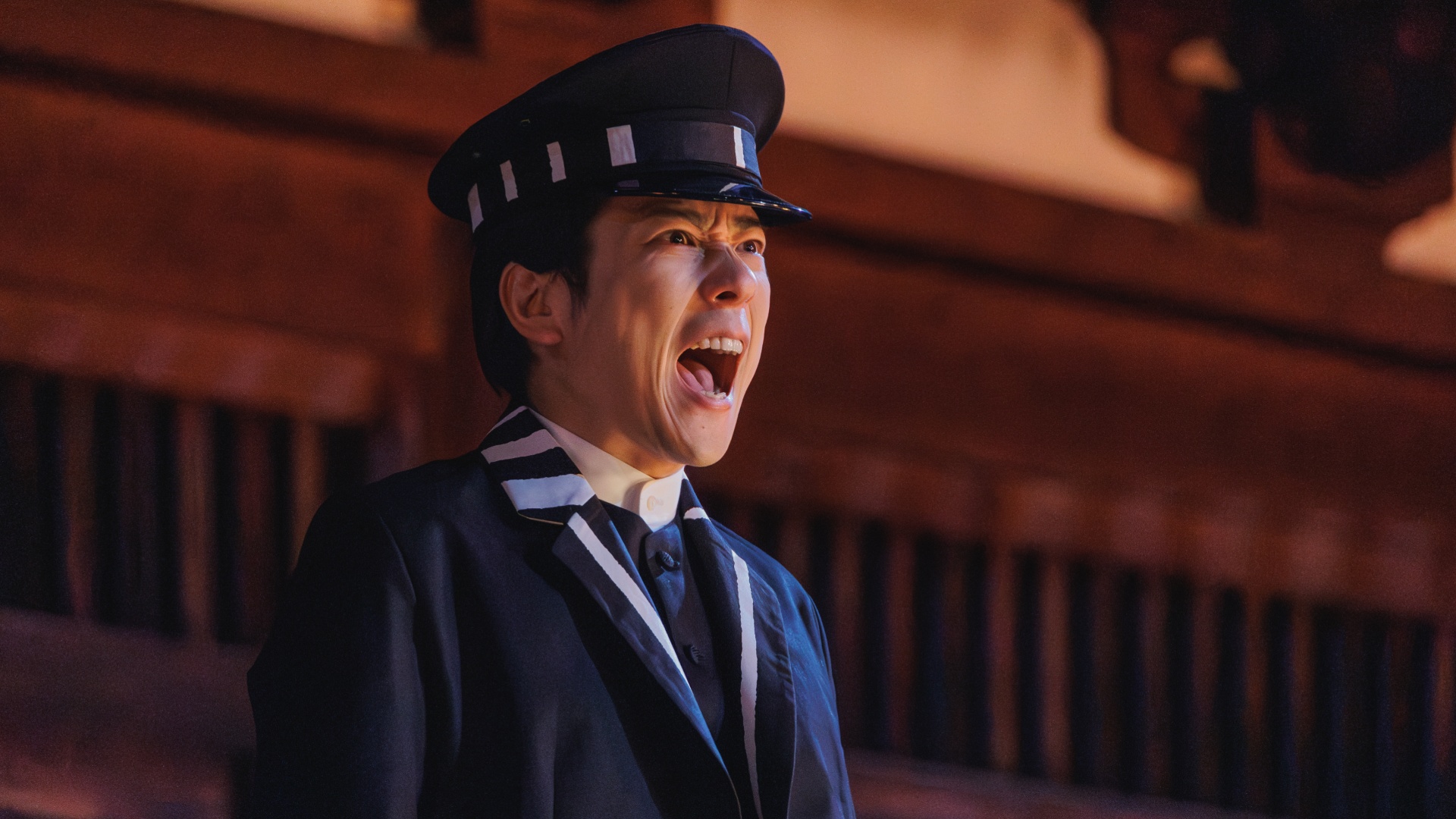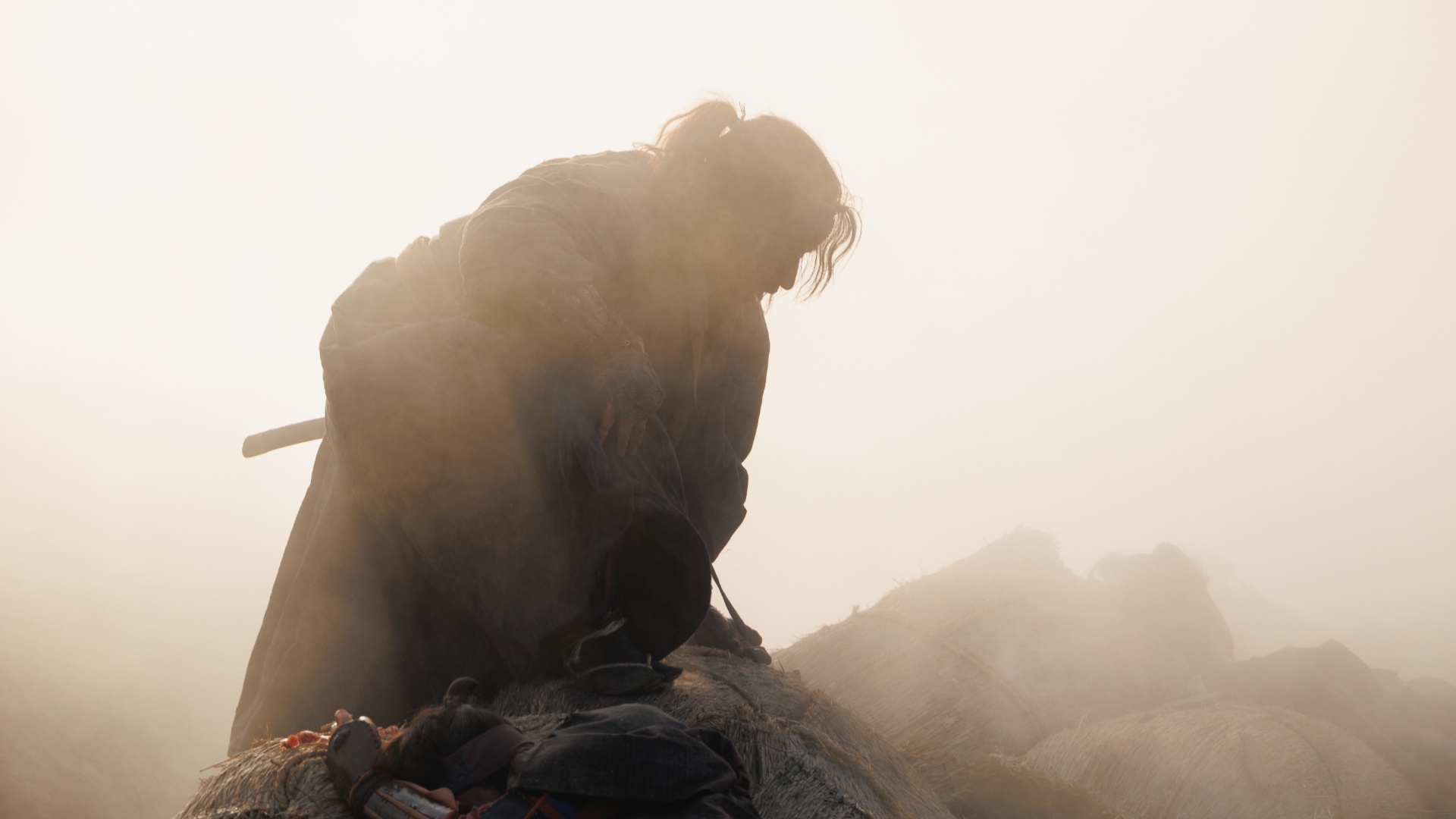New Netflix show Last Samurai Standing will draw comparisons to Squid Game and Shōgun, but it’s so much more than that
Opinion | Our writer argues that Netflix's new historical survival drama is more than just Squid Game meets Shōgun

Squid Game has crowned its winner, Alice's Borderland story has ended, and Shōgun is drawing up battle plans to return in a year or so. Yet fans of these shows needn't despair, not when Last Samurai Standing is here to cut through their absence and bring you thrills in a similar vein.
Based on the Ikusagami series by Shogo Imamura, Last Samurai Standing brings 292 fighters together to compete for a special prize during Japan's Meiji era (late 19th Century). The game at hand isn't quite of the "squid" variety, but it's no less deadly.
The gist is that competitors must steal wooden tags from each other that allow them to access various checkpoints on their way to Tokyo, where the final victor will receive ¥100 billion. However, anyone missing their tag will immediately be disposed of by the organisers, which makes this a relentless battle to survive where losing means instant death.
Netflix Japan's head of content, Kaata Sakamoto, describes Last Samurai Standing as "Shōgun meets Squid Game," and it's easy to see why. People killing each other in a game for money, rich people watching from the sides, a death tally that counts down how many competitors remain… Sound familiar? The first episode of Last Samurai Standing even introduces a Salesman-like character who introduces the rules of the game with a smarmy smile.
History lessons

The wooden tag system also calls to mind Battle Royale, a classic 2000 film directed by Kinji Fukasaku that Squid Game was often compared to upon its initial release, making it easy to dismiss this show as just another imitator with historical Japanese window dressing à la Shōgun. Yet in Sakamoto's description of Last Samurai Standing, he also speaks of this story's specific setting, which actually takes place around two centuries after Shōgun.
"When most people think about samurai, they think about this very glamorous period in Japanese history," said Kaata Sakamoto (via Variety). "But what a lot of people don't realize is that, towards the end of the Edo period, the samurai lost a lot of their glamour and their power. Last Samurai Standing is about what would happen if these warriors – the toughest and best in Japan – all of a sudden became common people and had to fight for their lives." This cultural specificity is key to what makes the show special and helps set it apart following those obvious initial comparisons.
Take the "Kid Samurai" trope, for example. When the competitors first gather at Tenryū-ji Temple, legendary samurai warrior Shujiro Saga (Junichi Okada) takes a young girl named Futaba Katsuki (Yumia Fujisaki) under his wing, hoping to protect her while also winning the money to save his sick family back home. Futaba is the latest in a long line of "Kid Samurai," Seven Samurai's Katsushirō to Tatewaki Kuno from Ranma ½, who wish to fight alongside their "superior" yet lack the skills or experience to do so effectively.
Shujiro's unique code of ethics, his valor and commitment to doing what's right, is directly motivated by Bushidō, the samurai code of honor that emphasizes virtues like loyalty, courage, and respect. It's telling that few of his peers hold these principles to the same regard in Last Samurai Standing because "the way of the warrior" was on its way out by this point, following the end of the Edo period.
A higher purpose

From the competition itself to flashbacks where younger samurai are forced to kill each other, the motivations of this show are rooted in different notions around life's value that reflect a distinctly Japanese outlook. Remember, it wasn't uncommon for samurai to kill themselves (seppuku) following the death of their lord, and this idea that death can serve a higher purpose drives the narrative here as well.
Monetary greed is a factor, of course, but in Squid Game, there's no culturally specific code of conduct to consider. South Korean society is hyper-competitive thanks to a national focus on economic development following the Korean war, an idea which Squid Game takes to its most bloody, extreme conclusion. The cruelty is modern and universal in its materialist approach compared to Last Samurai Standing, which is more concerned with the specific downfall of samurai and how that ties in with wider Japanese society.
That makes this a more personal story than Squid Game, both in terms of who's really organizing the game and also the connections between individual samurai (many of whom knew each other prior to the competition and have since lost their way). This in turn creates a very different gameplay experience compared to the tactics used by most Squid Game characters, who started off as strangers going in.
On the map

Where these competitions take place also has a direct impact on the story being told. Squid Game makes use of culturally specific games like Red Light, Green Light within one enclosed setting, venturing back into the childhood of South Korean viewers who played these same games in the playground. Last Samurai Standing, meanwhile, takes a far broader approach, covering wide swathes of 19th-century Japan as Shujiro and his group physically travel from Kyoto to Tokyo.
Japanese geography is intrinsically bound up in the path this show takes, be it in maps used to track their journey or the unique shellfish sold in the coastal city of Kuwana where Shujiro is ambushed while stopping off at a local teahouse. Many of these locations and the recurrence of specific Japanese terms such as "Zaibatsu" (Japanese business conglomerate) and "Kyohachi-ryu" (a legendary martial arts system) cement the show in a tangible time and place that will have you reaching for Google to learn more.
As such, Last Samurai Standing is so much more than just a pale imitation of Squid Game. And that's without even mentioning Shujiro's jaw-dropping swordplay or the show's refreshing lack of CGI babies. That's not to say it's better than Squid Game – or worse for that matter, either. No 'battle royale' between the two is necessary, because both shows represent wins for us, and Netflix too.
All episodes of Last Samurai Standing are streaming now. For more on what to watch, check out our guide to everything else new on Netflix in November 2025.

With ten years of online journalism experience, David has written about TV, film, and music for a wide range of publications including Indiewire, Paste, Empire, Digital Spy, Radio Times, Teen Vogue and more. He's spoken on numerous LGBTQ+ panels to discuss queer representation and in 2020, he created Digital Spy's Rainbow Crew interview series, which celebrates queer talent on both sides of the camera via video content and longform reads. Passions include animation, horror, comics, and LGBTQ+ storytelling, which is why David longs to see a Buffy-themed Rusical on RuPaul's Drag Race.
You must confirm your public display name before commenting
Please logout and then login again, you will then be prompted to enter your display name.


